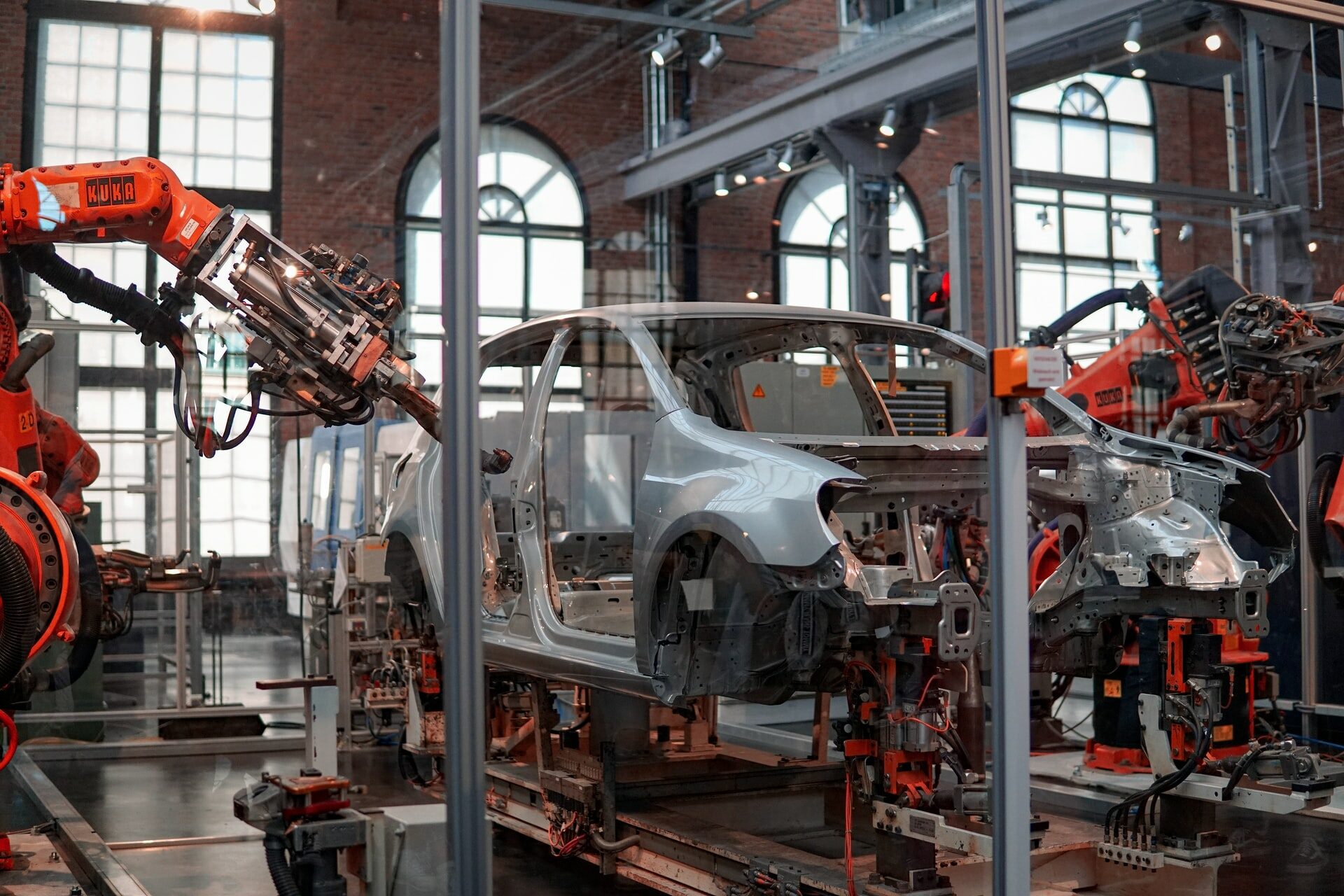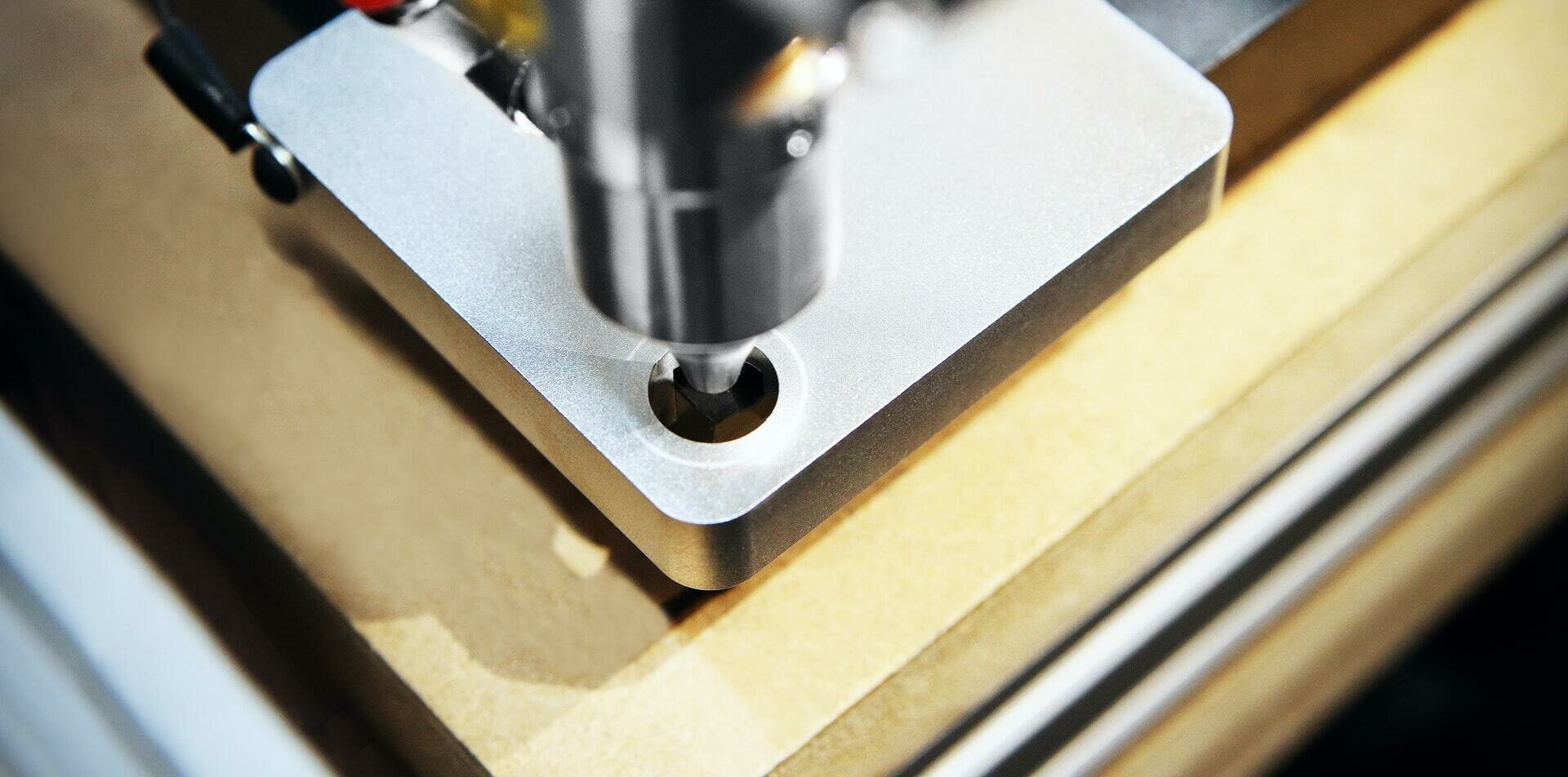Tools that do the work for us by themselves are a vision of the future. How far away? Not so much, considering how heavily automated the production lines of individual CNC machining companies are. Machines using the innovative CNC technology execute the programmer’s instructions, without the need to manually carry out most of the steps. Computer-controlled tools help to precisely prepare selected semi-finished products in such a way that they become a complete product, in accordance with the guidelines received from the customer. How does it work and what kind of software do you need to know to be good at operating your CNC machines? Will parametric programming apply here?
Machining on CNC machines
It is obvious that even with a high level of automation and an extensive machine park, machining on CNC machines will not be an activity that everyone can undertake. This is because extensive knowledge of tools and processing techniques is required here. Lathe knife, cutter, drill or laser? What works best for a given element and gives it the desired shape? In addition, you need to know the programming language inside out to be able to define paths for tools that are to move relative to the object in such a way as to create a finished product, in accordance with the documentation provided. The CAM module often turns out to be extremely useful here. Computer Aided Manufacturing allows you to simulate the entire tool work process, which facilitates planning.
Solutions for the industry
CAM systems can in many cases turn out to be very useful, but the correct course of production works also depends, for example, on the efficiency of the machine tool, good division of duties or thorough quality control. Sometimes, instead of proven CAM modules, one should rather focus on parametric programming. This ensures that the engineer has complete control of the program. While this theoretically seems to be a much less convenient solution, it often turns out to be the only right solution. In the case of the CAM module, we plan tool paths using 2D or 3D models, which is extremely useful, for example, during continuous five-axis machining. However, parametric programming allows you to create paths based on parameters. The programmer can personalize the machining cycle in such a way that he does not have to write a separate program for each element with the same shape, from the other elements differing only in dimensions.


